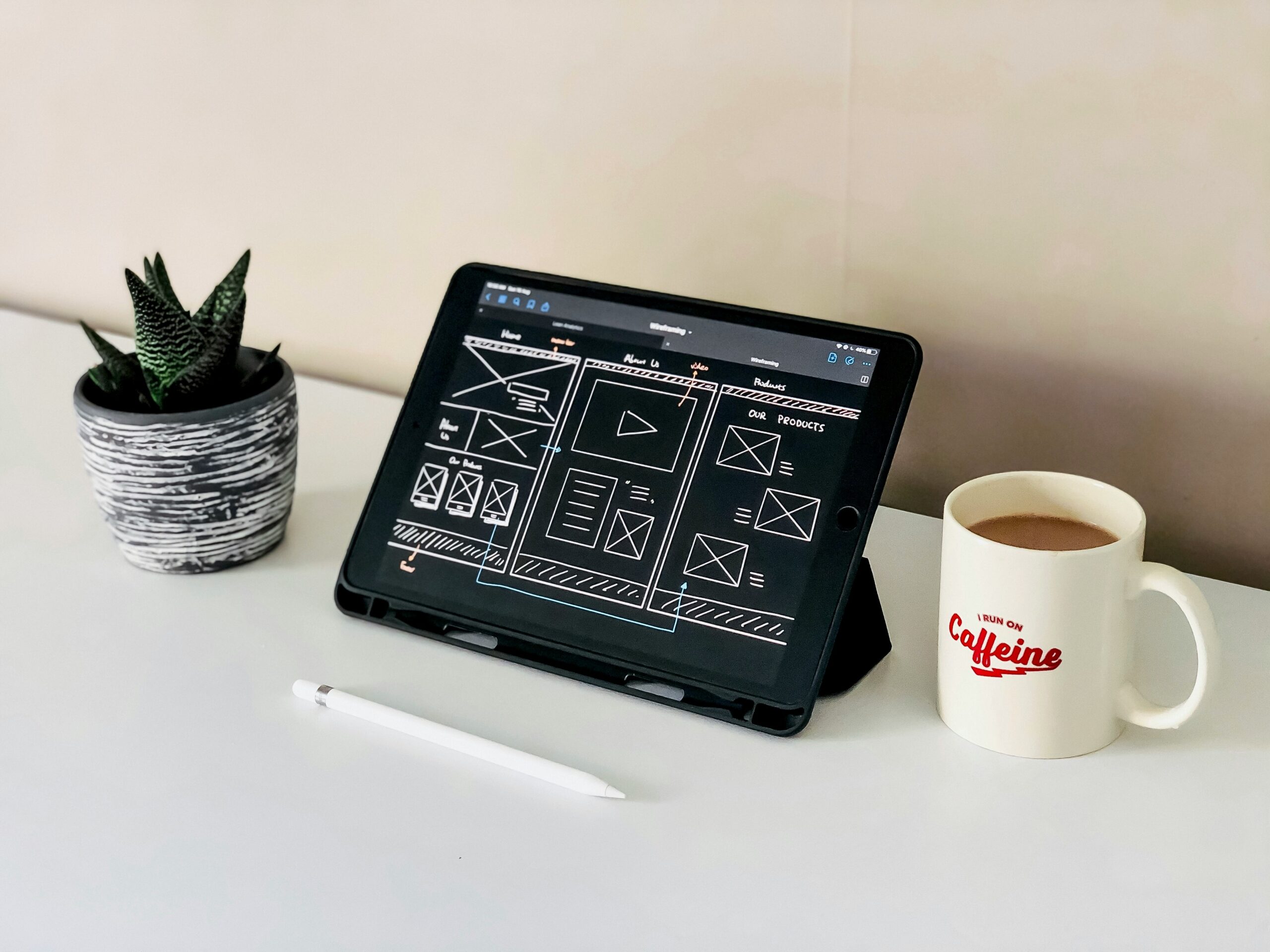In today’s digital age, user experience (UX) has become a critical factor in the success of any online business. Whether it’s a website, mobile app, or software, providing a seamless and enjoyable user experience is essential to attract and retain customers. One of the key elements in designing a successful UX is data analysis. By leveraging data, businesses can gain valuable insights into user behavior and preferences, allowing them to make informed decisions and optimize their designs for maximum impact.
The Importance of Data Analysis in UX Design
Data analysis plays a crucial role in UX design by providing designers with a deeper understanding of user needs and expectations. By analyzing user data, such as website traffic, click-through rates, and user feedback, designers can identify patterns, trends, and pain points that can inform their design decisions. This data-driven approach ensures that the design is not based on assumptions or personal preferences but is grounded in real user insights.
With data analysis, designers can answer important questions such as:
- Which features are most frequently used?
- Which pages have the highest bounce rates?
- What are the common user paths?
- What are the pain points in the user journey?
By finding answers to these questions, designers can prioritize and focus on areas that need improvement, resulting in a more intuitive and user-friendly design.
Utilizing Data Analysis Techniques
There are various data analysis techniques that UX designers can employ to gain insights into user behavior. Some of the commonly used techniques include:
User Testing
User testing involves observing users as they interact with a product or prototype. By analyzing their actions, feedback, and facial expressions, designers can identify usability issues and areas for improvement. User testing can be conducted in-person or remotely, depending on the resources and constraints of the project.
Heatmaps
Heatmaps provide visual representations of user interactions, showing where users click, scroll, or spend the most time on a webpage. By analyzing heatmaps, designers can identify popular areas and optimize the placement of important elements such as buttons, links, or forms.
A/B Testing
A/B testing involves comparing two versions of a design to determine which one performs better in terms of user engagement or conversion rates. By analyzing the data collected from A/B tests, designers can make data-driven decisions on which design elements to keep or modify.
Analytics Tools
Analytics tools, such as Google Analytics, provide valuable insights into user behavior, demographics, and traffic sources. By analyzing this data, designers can understand how users find and navigate the website, which pages have the highest drop-off rates, and other key metrics that can inform design decisions.
The Benefits of Data-Driven UX Design
Designing a user experience based on data analysis offers several benefits:
Improved User Satisfaction
By understanding user behavior and preferences, designers can create a tailored experience that meets user expectations. This leads to higher user satisfaction and increased engagement.
Reduced Friction
Data analysis helps identify pain points in the user journey, allowing designers to address them and create a smoother, more seamless experience. By reducing friction, users are more likely to complete desired actions and conversions.
Higher Conversion Rates
By optimizing the design based on data insights, businesses can increase conversion rates. Whether it’s signing up for a newsletter, making a purchase, or filling out a form, a well-designed user experience can significantly impact conversion rates.
Competitive Advantage
Designing a user experience based on data analysis gives businesses a competitive edge. By continuously analyzing and improving the UX, businesses can stay ahead of their competitors and provide a superior experience to their users.
Conclusion
Data analysis is the foundation for designing a successful user experience. By leveraging data, UX designers can gain valuable insights into user behavior, preferences, and pain points. This data-driven approach ensures that the design is user-centered and optimized for maximum impact. By continuously analyzing and improving the UX, businesses can enhance user satisfaction, reduce friction, increase conversion rates, and gain a competitive advantage in the digital landscape.












Leave a Reply